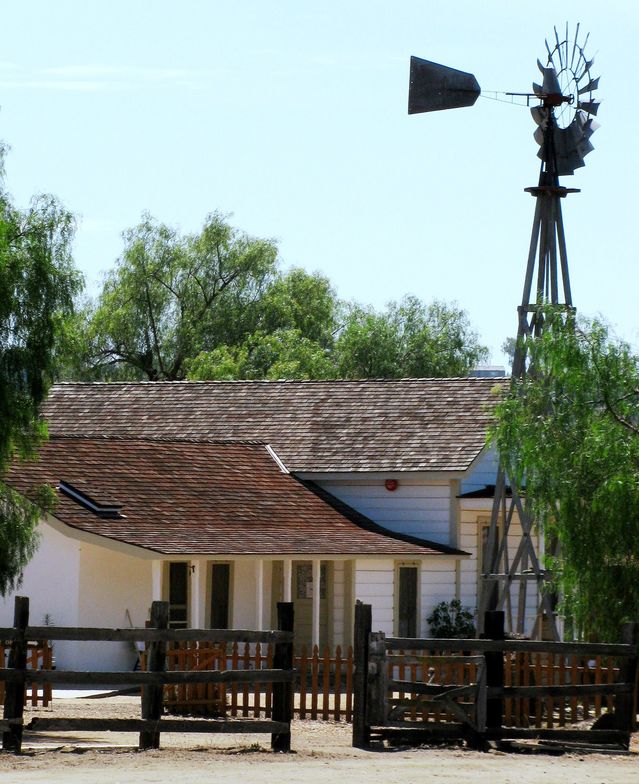Memory
A Longing for Christmases Past
Do our electronic gadgets isolate or connect us?
Posted December 24, 2018
It is easy, perhaps even normal, to idealize the past and try to return to it in our memories. Those memories create a safer place, one less chaotic and uncertain than the “modern world” every generation has to navigate its way through into an uncertain future.
But was the past really a safer, more secure world, or are those memories like Currier and Ives lithographs that idealize a fading historical past? Was there ever a time when a deeply felt sense of family and community were interwoven into the fabric of our lives? Or are those myths we create as we move into what often seems like a less hopeful future?
I revisited my own emotional memories when I wrote My Christmas Attic, a novella set in the early 1950s in a small mountain town. The plot involves an 8-year old boy struggling with dyslexia and the loss of his father in the Korean War. Jake creates a “forever Christmas world” in the attic, where he retreats whenever the struggles of his young life become overwhelming. Years later, an older Jake revisits his boyhood home one last time before it is sold. In the attic he reminisces about his memories of Christmases past, and he realizes they were essential in building his adult perspectives on life.
While I was writing the novella, I remembered my own conflicting memories of the Christmas celebrations that occurred in my Grandma Anna’s home in a Minnesota small town of less than two-hundred people. The two-story home with the angular gables looked like it had been uprooted from a farm and placed on the very edge of the small town. The home had no indoor plumbing or electronic equipment of any kind. There was no television set, only an ancient radio with limited reception. The most prominent feature was a hand-cranked water pump on top of the kitchen sink that greeted visitors as soon as they walked through the front door. That small pump provided all the water for cooking, drinking, washing dishes and clothes, and everything else that required water.
Grandma Anna had eight children and so many grandchildren and great grandchildren that I cannot remember all of their names. How she managed to crowd so many people into her living room on Christmas Day is a mystery to me. In hindsight, we didn’t all fit into that small house. The overflow often spilled onto the front porch. When it was time for the gift exchanges, everyone converged on the living room where Grandpa Joe, who hardly ever spoke to anyone, sat in his rocking chair by the window. A previously held drawing limited the gift exchange to one gift per person and established limits on how much money could be spent on each gift.
As I describe the events of those past Christmases, I realize I am leaving out the polio epidemics, Korean War, fierce winter blizzards, and the other challenges for those who lived in the middle of the last century. Still, the human interactions, made possible in part by the absence of today’s electronic gadgetry, seemed to create a sense of community and hope in an often troubled world.
Were those real memories, or were they sanitized memories necessary to help me cope with the challenges of aging, climate change, threat of nuclear wars, and other daily intrusions into my later years? The answers to those questions came vividly into focus in another house I have visited. About four miles from our home in North San Diego County, there is a restored old house known as the “Sikes Adobe Historic Farmstead,” originally built in 1870. It is not an “adobe” in the traditional sense. It looks instead like the old Midwestern farmhouses I remember from my youth, including my Grandma Anna’s home.
My wife Alexa, a volunteer who leads guided tours of the Sikes farmstead, introduced me to that venerable structure perched near the San Dieguito River, a short distance from the biggest mall in San Diego County. Endless streams of cars pour into and out of that mall during the Christmas season. Most of the people in those cars won’t even notice the sign giving directions to the Sikes Farmstead. A few do see it and, probably to kill time more than explore a genuine interest in what is really there, they take their children to a much different world than the mall they have just left.
The first time I visited the Sikes Farmstead was during the Christmas season several years ago. When I walked through the front door, it reminded me immediately of the many times I entered my Grandma Anna’s home on Christmas Day. The rooms in the farmhouse seemed to have escaped the ravages of time and modern life. It was a time capsule—a small, brave survivor of the powerful commercialized world symbolized by the huge mall a couple of hundred yards to the north. In the farmhouse, I was back in the world I remembered from my youth—and I was flooded with nostalgic memories of that earlier time and place.
As I wandered from room to room, I pondered whether others who came into the home with me, especially the children, felt anything like what I was feeling? They had been raised in a very different world, one that seemed to me to be overly cluttered with electronic gadgetry.
Yet, much to my surprise, I did not see a single cellphone come out. Whether it was out of respect to the tour guide's instructions, or something more—I do not know. Still, there was a kind of hushed reverence that settled over all of us as we moved from room to room to experience an earlier way of life, and then parted ways again.
The reverence for the old farmhouse was almost palpable. It seemed to me that the younger people felt it, albeit they probably didn’t understand what they were feeling. How could they? Or perhaps I was making too much of their respectful silence? Today’s younger generation, it seems to me, is in many ways the most “connected” generation in history. Yet, are they always connected in meaningful ways that this old farmhouse once harbored?
I held out some hope that perhaps this little house, located near a huge mall, was a modern-day reminder of the value of a less cluttered life. A place where more meaningful human interactions and less commercialism was still possible. A place like my Grandma Anna’s home we visited every Christmas just to enjoy being together.
Or, at least I hoped that memory would live on—even if it was somewhat idealized.





